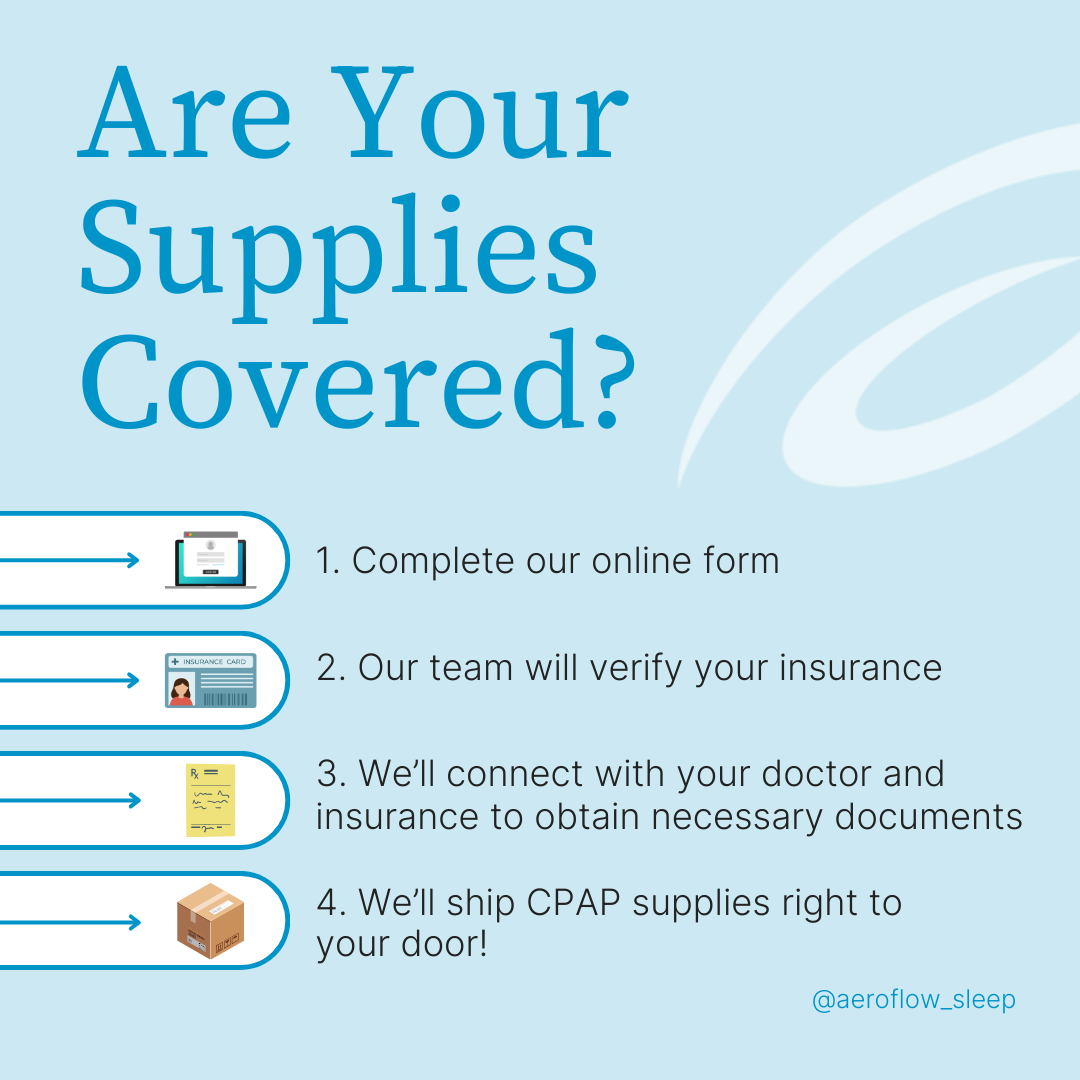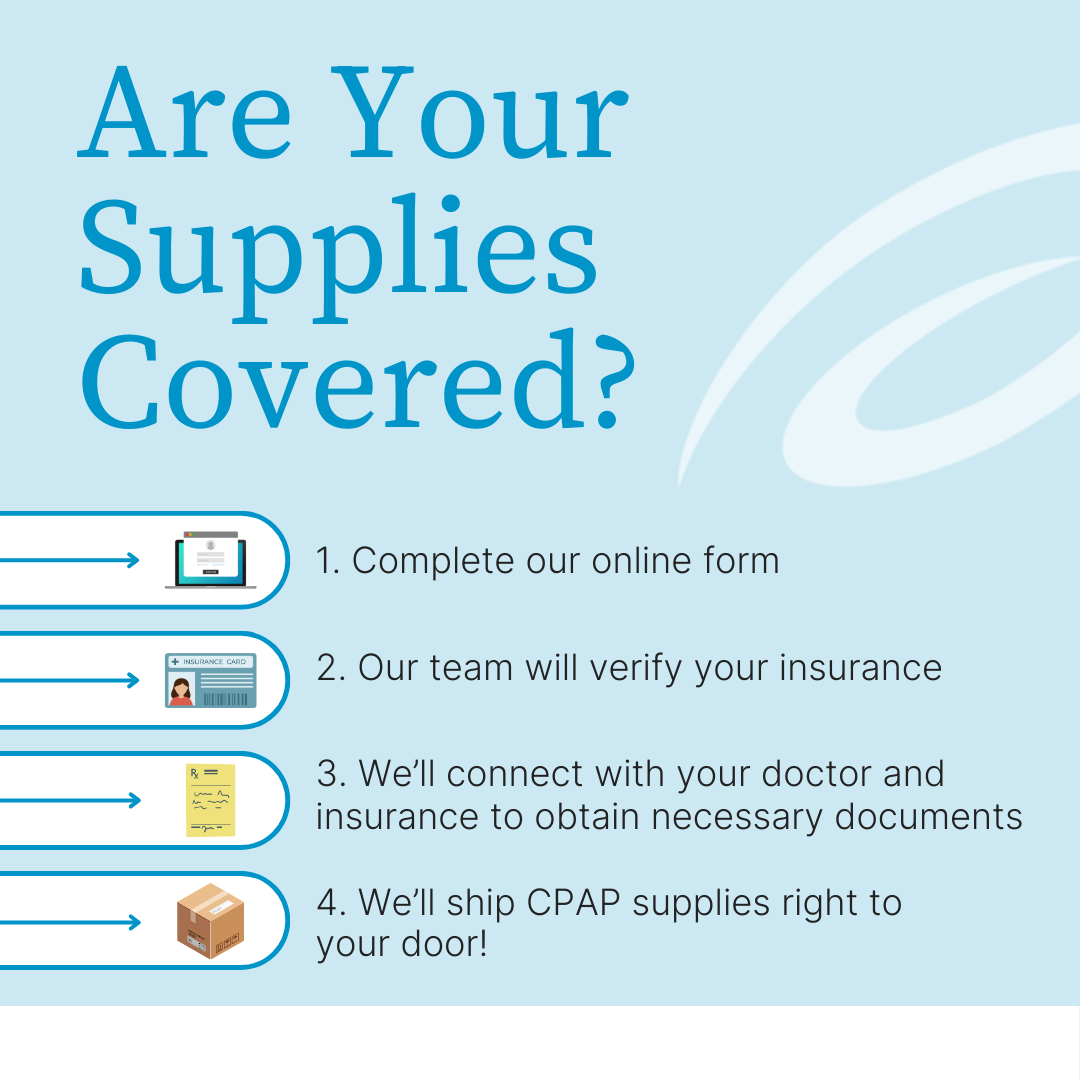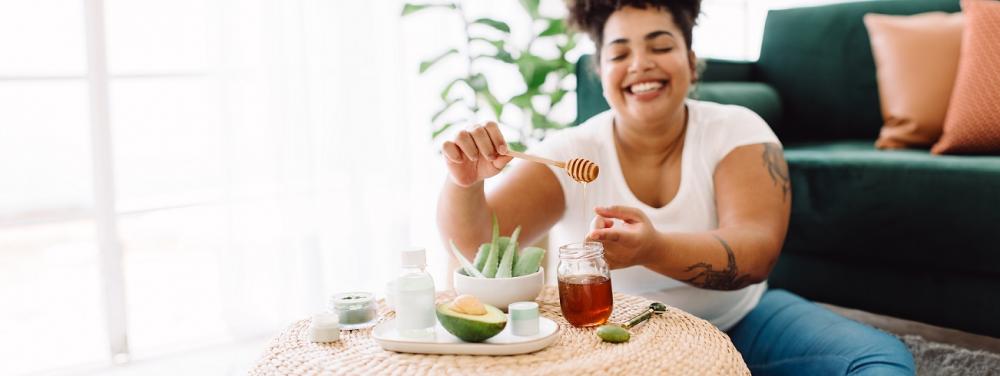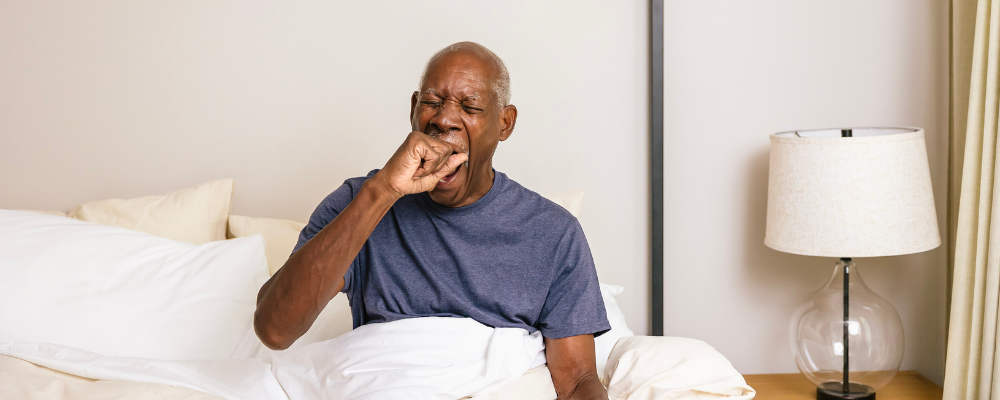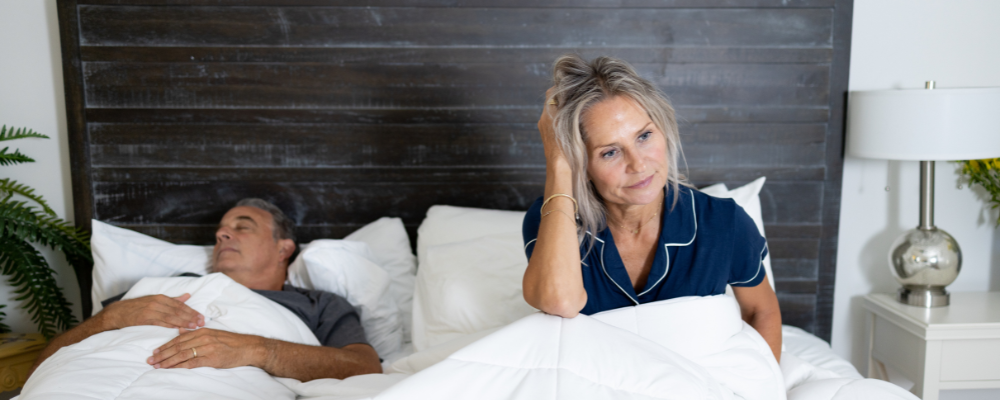You know you should clean your CPAP equipment regularly, but doing it every morning is kind of a pain in the butt. It’s easy to let yourself skip a day, but a day can just as easily become a week, a month, or more. But is that really that big of a deal? What happens if you don’t clean your CPAP machine?
In truth, some pretty scary things can lurk inside a dirty CPAP machine. The warm, dark, and damp environment provides the perfect breeding ground for mold, mildew, germs, bacteria, and other potentially harmful pathogens.
Don’t be afraid! We’ve put together a few tips on how to make CPAP cleaning quick and painless. But first, let’s take a look at why you really should keep it clean…
Can You Get Sick From Not Cleaning Your CPAP?
In addition to moisture, your CPAP equipment is regularly exposed to body oils, sweat, dust, dead skin cells, and other contaminants it draws in from the surrounding air. Without regular cleaning, you’ll be breathing in those creepy crawlies and wearing them against your skin. This can put you at risk for health problems such as:
Pneumonia
Your mother always said you’d catch pneumonia from going outside without a jacket, but you’re more likely to get it from unsanitary conditions. Pneumonia is an infection of the lungs caused by bacteria, viruses, or fungal growth– all of which are a real possibility in dirty CPAP equipment.


Pneumonitis
Unlike pneumonia, which is caused by pathogens, pneumonitis usually refers to a non-infectious inflammation of your lungs. Pneumonitis is often caused by allergens and other contaminants, and can leave permanent damage if not treated.
Respiratory Infections
One of the most common side effects of an unclean CPAP device is frequent ear, throat, lung, and sinus infections. Nobody enjoys a sore throat and runny nose, but when you have sleep apnea it can worsen the blockage in your airways and increase the severity of your sleep disorder.
Skin Irritation and Acne
When sweat and body oils build up on your CPAP mask they can be reabsorbed by your skin, leading to acne, redness, and even a painful rash or skin infection.
How Long Can You Go Without Cleaning Your CPAP?
Ok, so you’re convinced that you need to clean your machine and supplies, but does it really have to be daily? That depends on the part.
Healthcare professionals and CPAP manufacturers agree on the following recommendations:
- At the very least you should empty your humidifier water chamber every day, and give it a good rinse.
- Experts recommend that you clean your CPAP mask every day. (We’ll cover a faster way to do that below!)
- Clean your CPAP tubing and water chamber once a week.
- Reusable CPAP filters should be rinsed with warm water weekly, or sooner if you notice discoloration.
- Disposable CPAP filters should be thrown away every 2 weeks and replaced.
- Wipe down your CPAP machine once a month (or more often if it gets dusty).
All of that can seem like a tall order, but luckily there are some tricks that can make cleaning your CPAP a snap!
1. Try CPAP Wipes
CPAP wipes remove dirt, sweat, and facial oil way faster than having to mix up soapy water every day. And unlike household cleaning wipes, the alcohol-free formula is safe for your skin and your gear.
CPAP wipes won’t replace a good weekly cleaning for your mask, tube, and water chamber, but they’ll cut your daily chores down to mere seconds!
2. Use CPAP Mask Liners
Mask liners are thin pieces of soft, hypoallergenic fabric that sit between your face and your mask cushion. They wick away sweat and body oil for a cooler, cleaner, and more comfortable wear. And as an added bonus, they help to ensure a good mask seal while you sleep!
Mask liners come in reusable or disposable, so make sure you wash or replace them accordingly.
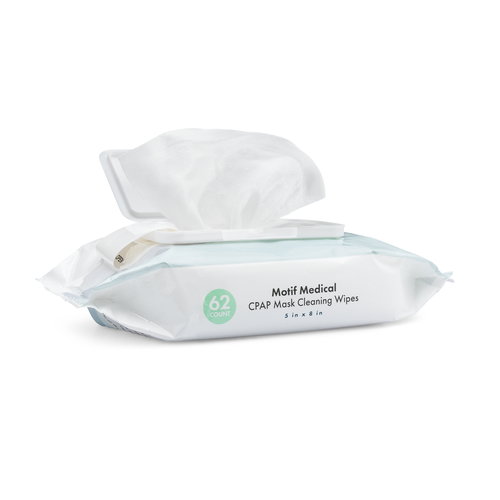

3 Tricks To Make CPAP Cleaning Faster and Easier
3. Air Dry with Power
It’s important to allow time for your CPAP supplies to dry completely before using them to prevent the growth of mold and mildew, but allowing them to drip dry can take hours.
To speed this up, you may consider running your CPAP machine without water to allow the airflow to dry out your supplies. Just be sure you don’t have AutoStop turned on, or the machine will switch itself off.
To speed it up even faster, a Hurricane dryer is designed to accommodate all of your CPAP equipment, and works in as little as 15 minutes!
When Cleaning Isn't Enough
Cleaning your CPAP on a regular basis doesn’t just protect your health, it also prolongs the life of your CPAP supplies. Over time moisture, sweat, and body oil can begin to break down silicone, foam, and plastic, leading to air leaks which reduce the effectiveness of your CPAP therapy. So clean CPAP equipment not only maintains your treatment, it saves you money!
Yet even with daily cleanings, the wear and tear of ordinary use will eventually take its toll. When this happens your mask cushion, water chamber, and CPAP tubing can develop micro-cracks that trap dirt and bacteria where soap and water just can’t reach. This is why– even with regular cleaning– you should also routinely replace your CPAP supplies. Both the insurance companies and manufacturers agree on the recommended replacement schedule:
- Nasal Cushions and Nasal Pillows: Every 2 weeks
- Full Face Mask Cushions: Every month
- Disposable Filters: Every 2 weeks (or sooner if discolored)
- CPAP Mask Frame: Every 3 months
- CPAP Tubing: Every 3 months
- Reusable Filters: Every 6 months (or sooner if discolored)
- Humidifier Water Chambers: Every 6 months
- Headgear: Every 6 months
That may seem like a lot to keep track of, so we’ve got a bonus tip to save you time and money: when you sign up for Aeroflow Sleep we keep track of it for you! Your own personal Sleep Specialist will reach out to your insurance provider directly, and handle all of the paperwork on your behalf. All you have to do is fill out our easy qualify form, then sit back and wait for fresh CPAP supplies delivered straight to your door!
We can’t clean your CPAP for you, but we can take the fright out of ordering CPAP supplies!



